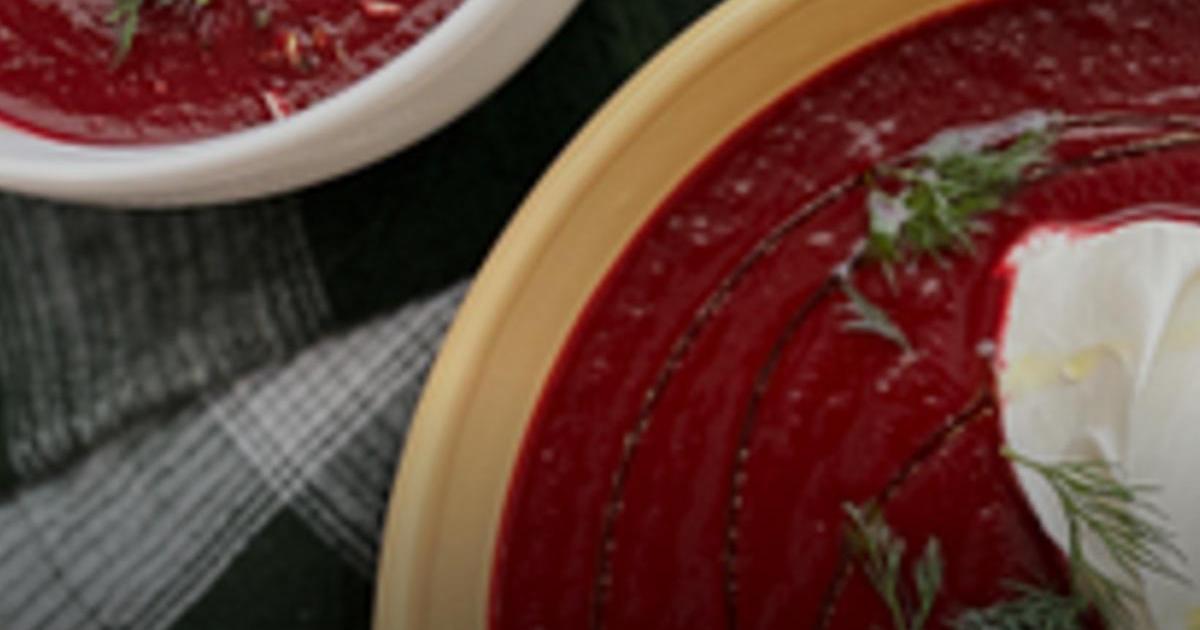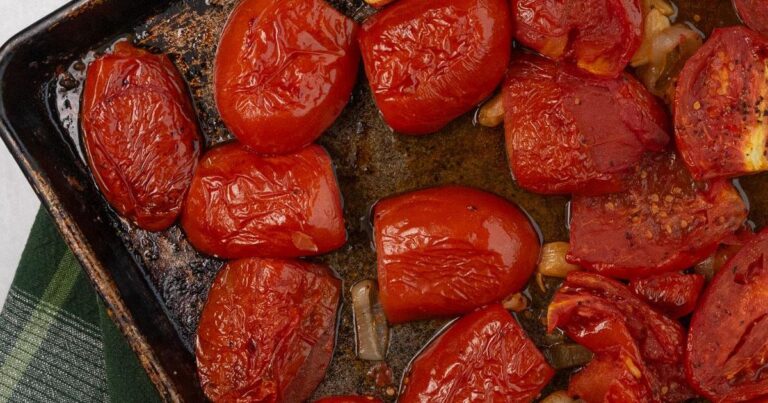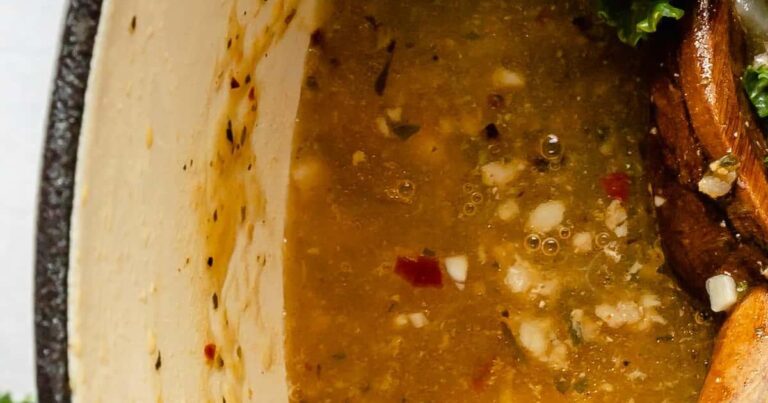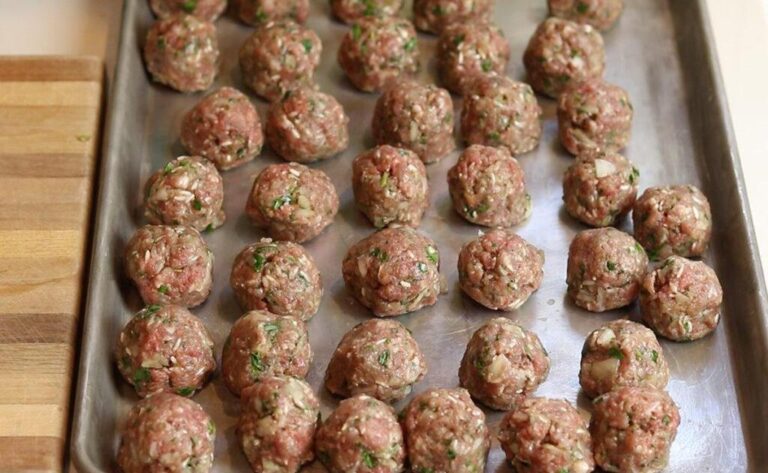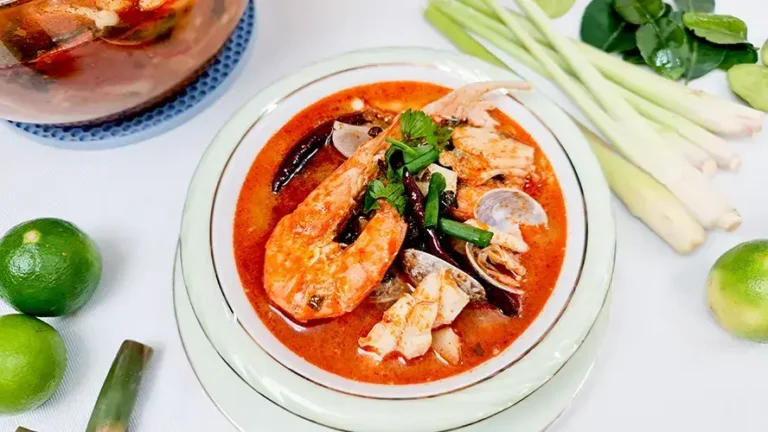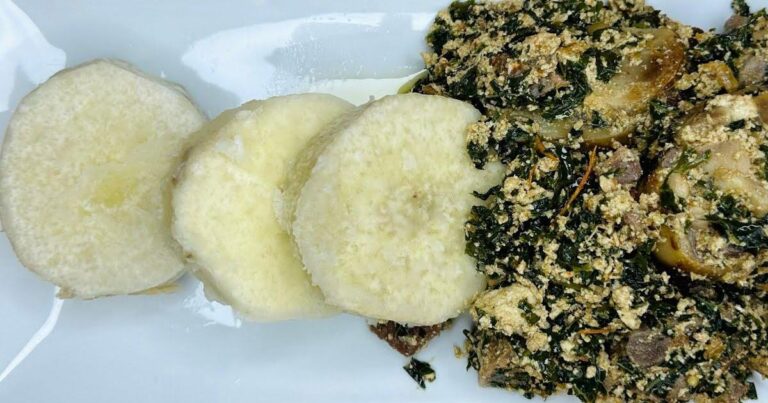Baba Sophie’s Borsch and Kapustka
Baba Sophie’s Ukrainian Borscht & Kapustka: A Taste of Tradition
For generations, Ukrainian cuisine has been a cornerstone of family gatherings and celebrations. Today, we’re thrilled to share two beloved recipes from Baba Sophie – a vibrant Borscht and a tangy, fermented Kapustka (sauerkraut). These dishes aren’t just food; they’re a connection to heritage, a labor of love, and a burst of flavor that will warm your soul.
The Hearty Comfort of Borscht
Borscht is arguably Ukraine’s most famous dish, and for good reason. This deeply flavorful beet soup is a symphony of vegetables, offering a delightful balance of sweet, savory, and slightly tart notes. Baba Sophie’s recipe is a classic, emphasizing fresh ingredients and a slow simmer to develop maximum flavor. It’s a perfect dish for a chilly evening, and leftovers (if there are any!) taste even better the next day.
This isn’t just a soup; it’s a complete meal in itself. The combination of beets, cabbage, potatoes, and beans provides a hearty and nutritious base, while the dill and a touch of vinegar brighten the flavors. The final swirl of cream adds a luxurious touch, making each spoonful a truly comforting experience.
The Tangy Delight of Kapustka
Kapustka, or sauerkraut, is a staple in Ukrainian cuisine, prized for its probiotic benefits and unique flavor. Baba Sophie’s method is a traditional fermentation process that takes a few days, but the result is well worth the wait. The tangy, slightly sour flavor of the Kapustka is incredibly versatile – it can be enjoyed as a side dish, used as a filling for pierogi, or added to soups and stews.
Fermenting Kapustka is a wonderful way to preserve cabbage and enjoy its health benefits throughout the year. The process is surprisingly simple, requiring only cabbage and pickling salt. The key is to allow the cabbage to ferment in a warm place, stirring it daily to release air and encourage the growth of beneficial bacteria.
Bringing Baba Sophie’s Recipes to Your Table
These recipes are more than just instructions; they’re a piece of Ukrainian culinary history. They represent a commitment to fresh ingredients, slow cooking, and the joy of sharing food with loved ones. We hope you’ll enjoy making these dishes as much as we do!
Ready to embark on a culinary journey to Ukraine? Scroll down for Baba Sophie’s recipes for Borscht and Kapustka!
Frequently Asked Questions
Q: What is Borscht traditionally served with?
A: Traditionally, Borscht is served with a dollop of sour cream (or the cream in the recipe) and a slice of dark rye bread. Pampushky (Ukrainian garlic buns) are also a popular accompaniment.
Q: Can I freeze Borscht?
A: Yes, Borscht freezes beautifully! Allow it to cool completely before transferring it to airtight containers or freezer bags.
Q: How long does Kapustka need to ferment?
A: Kapustka typically takes 4-5 days to ferment, but you can ferment it for longer if you prefer a more sour flavor.
Q: What kind of cabbage is best for Kapustka?
A: White cabbage is traditionally used for Kapustka, but you can also use green cabbage or a combination of both.
Q: Is Kapustka healthy?
A: Yes! Fermented foods like Kapustka are rich in probiotics, which are beneficial for gut health.
Baba Sophie’s Ukrainian Recipes: Borsch & Kapustka
Ingredients
- 3 Tbsp butter
- 1 large onion, chopped
- 1/2 medium head cabbage, shredded
- 4 medium beets, diced
- 1 cup potatoes, chopped
- 1/2 cup carrots, sliced
- 1/2 cup peas, shelled
- 1/2 cup cut beans
- 2-3 sprigs dill
- 2-3 Tbsp vinegar (to taste)
- 1/4 cup cream
- 10 heads cabbage
- 10 Tbsp pickling salt
Instructions
- Borsch: Sauté the onions in butter in a medium-sized pot. Add cabbage and continue to sauté.
- Add boiling water to the pot until it is ¾ full. Add the vegetables one by one, beets first as they take longer to cook, potatoes, beans, peas, carrots, and the sprigs of dill.
- Salt and pepper to taste. Simmer until the vegetables are tender but firm.
- When the vegetables are cooked, take the pot off the heat, add vinegar to taste before adding cream. Serve with homemade bread.
- Kapustka: Shred cabbage in large pail working in 1 Tbsp pickling salt for each head.
- Press down with a plate on top to weigh down. Each day, stir mixture and release hot air.
- Ready in 4 to 5 days in a warm place. Freeze in Ziplock bags or containers.
Discover more from Resoupies
Subscribe to get the latest posts sent to your email.
